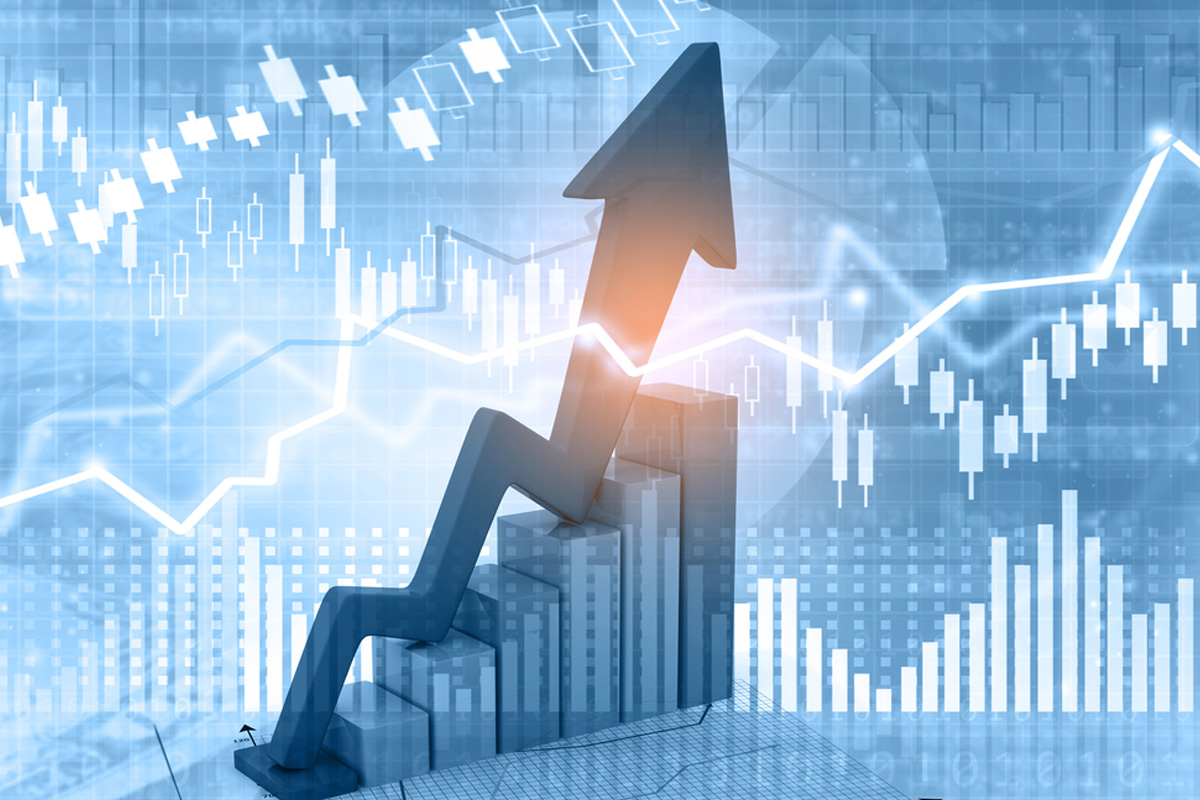The future may or may not be Asian, but the latest economic data suggests that the future consumer will be. While short-term global economic growth projections have been tempered by most economists and financial institutions, the downgrades have not been as much as popular sentiment would suggest. Significantly, faster growth is expected in the medium to long term in Asia’s emerging markets. In their recent paper, World Bank economist Wolfgang Fengler, Homi Kharas of Brookings, and Juan Caballero from the World Data Lab (WDL) iterate that in October of 2021, WDL projected the world would add 132 million new entrants to the consumer class (defined as everyone spending $12 per day in 2017 purchasing power parity terms) in 2022. While this is a downward revision of previous WDL forecasts amounting to a projected loss of 22 million new global entrants to the consumer class in 2022 including about 12 million consumers from Ukraine and 5 million from Russia due to the conflict, and another 3 million consumers from China because of its zero- Covid policy, Asia sans China is the outlier.
Medium-term growth on the continent has been revised upwards, Fengler, Kharas, and Caballero underline, thanks to a stronger than expected post- Covid recovery in Asean economies and the base effect from new India data. Counter-intuitively, given the headwinds in the form of the Ukraine war, escalating geostrategic tensions across Asia and Europe, the threat of the coronavirus pandemic not having receded completely, and a slowdown in China’s economy, the Asian middle class has recovered strongly after the Covid shock of 2020. Most countries are wealthier than in 2021 due to a continued post-Covid rebound and the authors of the paper expect Emerging Asia’s share of the global economy to expand more rapidly than projected in October 2021. Asia’s economic recovery must, of course, be seen in context. At the turn of the century, the global consumer class was predominantly Western or closely West-allied and amounted to a total of 1.7 billion people. In 1980, for example, over 70 per cent of the consumer class was in OECD countries. Over the next two decades, China-led East Asia entered the global middle class. As a result, the global consumer class grew to almost 4 billion while the share of Asia reached 50 per cent, even as the share of the OECD halved from 80 to 40 per cent. In the coming decade bar a black swan event it will be South Asia’s turn.
The paper predicts a strong and sustained rise of the middle class in India, Pakistan, and Bangladesh. By 2030, the subcontinent is expected to add a substantial portion of the freshly-minted middle-class global consumers around 1 billion new entrants to the consumer class over the next decade (out of 5 billion globally) will be from South Asia. The region is today home to the world’s largest consumer market, both in terms of people and spending, with India forming a major chunk. In sum, it is economics which is the basis for New Delhi’s newfound assertiveness in geopolitics.











